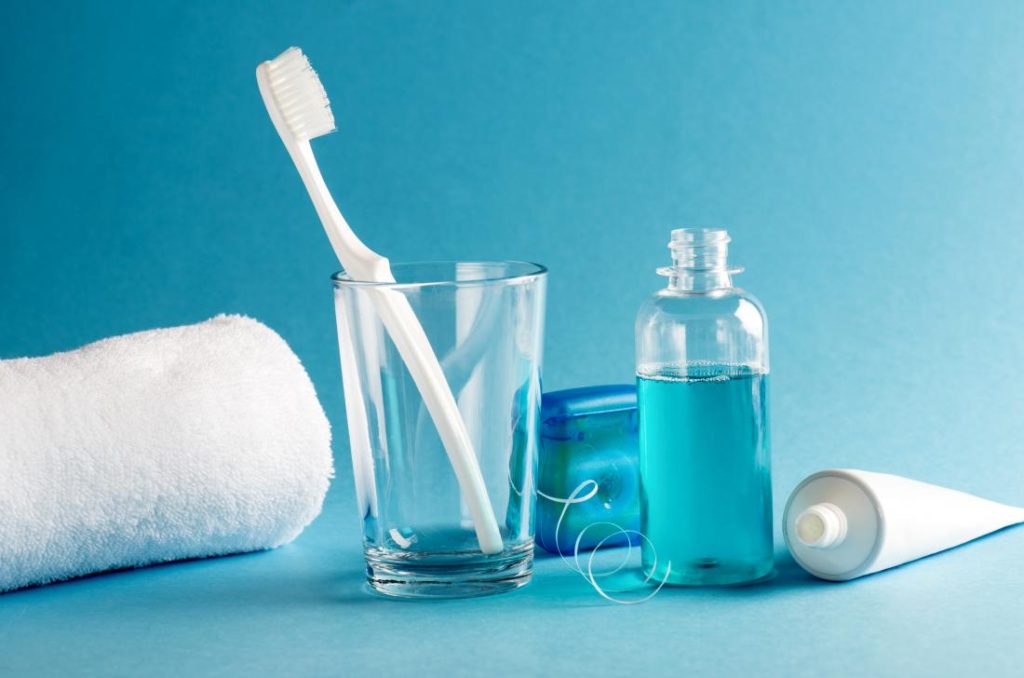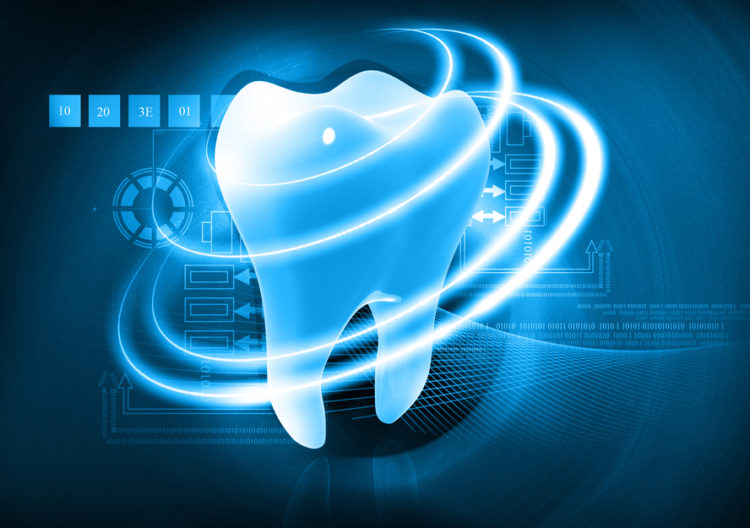7 Things to Know About the Ingredients in
Over the Counter Oral Hygiene Products
1. Most Oral Hygiene Products Contain Abrasives
Abrasives help remove stains from the teeth. Initially, the abrasives added were quite rough in texture, but today’s abrasives are comparably gentle. They primarily consist of hydrated aluminum oxides, dehydrated silica gel, and calcium carbonate.
2. Sodium Lauryl Sulfate
Sodium lauryl sulfate (SLS) is a common ingredient in personal care products. It is an additive that allows cleansing products to foam. SLS is present in most body washes, soaps, shampoos, toothpastes and laundry detergent. Consisting of palm kernel oil and coconut oil, SLS sometimes faces critiques for its byproduct made during the manufacturing process.
3. Tricolosan
Triclosan is an ingredient added to many consumer products intended to reduce or prevent bacterial contamination. It is added to some antibacterial soaps and body washes, toothpastes, and some cosmetics—products regulated by the U.S. Food and Drug Administration (FDA). It also can be found in clothing, kitchenware, furniture, and toys—products not regulated by the FDA. While triclosan combats gingivitis, some people argue it might have negative health ramifications. According to the FDA, some short-term animal studies have shown that exposure to high doses of triclosan is associated with a decrease in the levels of some thyroid hormones. But we don’t know the significance of those findings to human health.
4. Polyethylene Glycol
Polyethylene glycol, known as PEG, is an organic alcohol used in the form of a humectant in oral hygiene products. Its purpose is to retain moisture and serve as a formula stabilizer. However, there is a downside to PEG in that it might contribute to the generation of unhealthy levels of a harmful agent known as dioxin.
5. Titanium Dioxide is Used to Whiten Teeth
Some oral hygiene products contain titanium dioxide. Many people are familiar with titanium dioxide as an active ingredient in sunscreen. This is an inorganic compound that provides the beautiful white hue the eyes are immediately drawn to. The U.S. Food and Drug Administration (FDA) has assessed the safety of titanium dioxide pigment as a color additive in food, drug and cosmetic applications.
6. Most Oral Hygiene Products Contain Artificial Flavoring & Sweeteners
The abrasives, fluoride and other ingredients in common oral hygiene products clean, beautify and safeguard the teeth. However, these ingredients are not inherently pleasing to the taste buds. Flavoring ingredients are added to toothpaste to enhance the taste. Examples of such flavoring ingredients include sorbitol and saccharin. Thankfully, the vast majority of oral hygiene products do not contain sugar so they are unlikely to cause tooth decay.
In some cases, artificial sweeteners are added to boost flavor or mask the taste of a particular ingredient. Also known as sugar substitutes, these sweeteners certainly make products taste that better. When in doubt, it is always best to take the natural route.
7. Take a Look at the Small Print
Take a close look at the small print on the next oral hygiene product you pick up at the store. Give the ingredients a thorough read and you will likely find some of the ingredients detailed in this article. Compare and contrast the ingredients of different products to determine which are the most natural, which have the ingredients least likely to cause harm and so on.
Once you understand what you are putting in your mouth, you will have a heightened awareness of the healing process taking place in your mouth and feel that much better about the ingredients in question.



